Verschiebung ins Schräge
Kunstschaffende sind ja alle ein bisschen schräg. Da darf es auch ihre Bildungsstätte sein. Sogar räumlich. Denn die HFBK Hamburg liegt gar nicht am Lerchenfeld, sondern am Eilbekkanal, jedenfalls wenn man die geometrische Ausrichtung zur Grundlage nimmt. Fritz Schumachers Hochschulkomplex steht exakt parallel zur Uferstraße, dagegen leicht schräg angewinkelt zum Vektor seiner Postadresse. Geschätzte 5 Grad Abweichung besteht zwischen der Längsachse der Westfassaden und der Bordsteinkante. Das fiel bisher kaum auf, weil direkte Nachbargebäude als Maßstab fehlten. Aber damit ist es jetzt vorbei. Absichtlich vorbei. Die Passage zwischen dem Nachkriegsflügel des Hauptgebäudes und dem großen neuen Atelierhaus nördlich davon bildet einen klar akzentuierten Trichter, der die Achsenverschiebung deutlich macht.
Denn das von Bernhard Winking entworfene und jetzt eröffnete Gebäude, das endlich die überaus beengte Platzsituation für Master-Studierende entlastet, richtet sich mit seiner Schauseite exakt an der Hauptstraße aus. Und durch diese subtile Umorientierung ist der Leitgedanke der Gestaltung, der sich durch die architektonischen Entscheidungen dieses Neubaus dekliniert, sofort präsent: Die dezente Abweichung als Ausweis selbstbewusster Kollegialität bestimmt das Entwurfskonzept. Im Wettbewerb, den dieser Hamburg über Jahrzehnte mitprägende Architekt 2017 gewonnen hatte, gab es auch einige Vorschläge, die sich dem Ensemblegedanken deutlich weniger verpflichtet fühlten: Laubengänge im Stil italienischer Bogenarkaden, helle vertikale Betonkaskaden, die an Kulturpaläste des Brutalismus erinnerten, oder Zitate einer historischen Industriearchitektur, die mit sichtbarem Stahlskelett, ausgestellten Treppentürmen und gläsernen Sheddächern die Metapher „Kunstfabrik“ für das Erweiterungsgebäude schlagartig wachgerufen hätten.
Aber das unausgesprochene Juryprotokoll der damaligen Entscheidung folgte eben der Maxime: So viel Zweck wie möglich, so viel Architektur wie nötig. Und damit schieden ästhetisch vielleicht prägnantere Entwürfe aus – zugunsten eines Architekten, der als langjähriger Professor an der HFBK Hamburg, als diese noch eine Architekturabteilung besaß, die organischen Bedürfnisse für diesen ersehnten räumlichen Befreiungsschlag verinnerlicht hatte. Der deswegen mehr die familiäre Ähnlichkeit zu den Bauvorfahren des Ensembles formulierte, als die optische Zäsur einer künstlerischen Absetzbewegung, die eine neue Epoche formulieren möchte. Und der außerdem bewusst den Kompromiss akzeptierte, dass die Radikalität des geforderten Programms die Spielräume für das freie Entwerfen stark einengen musste.
Grundriss und Höhe bis zum letzten Zentimeter voll ausreizen, die Wandfläche so maximieren, dass nur die allernötigsten Fensterbreiten die Hülle öffnen, das waren die Wünsche der zukünftigen Nutzer*innen. Und außerdem verlangte das Innere eine Form, die es der Jugend in ihrer Anleitung zum individualistischen Wirken erlaubt, alles zu tun, was sie möchten. Wände und Böden müssen jede Form durch Kunst gerechtfertigter Angriffe ertragen können, sei es durch Bohrer, Farben, Hitze oder Kunststoff. Die perfekte Antwort auf all diese Wünsche wäre natürlich die minimal poröse Schachtel mit der geringst vorstellbaren Verkehrsfläche und der nackten neutralen Robustheit als Oberfläche. Doch echter Bunkerbau ist in Deutschland eben nicht mehr so populär.
Da die Ansprüche an ein optimal nutzbares Ateliergebäude für die Bereiche Malerei, Bildhauerei und Zeitbezogene Medien also qua Programm zu einer massiven und verschlossenen Erscheinung führen würde, bestand die Herausforderung für die Architekten darin, das Ansprechende durch Akzente zu erzielen. Die Verschiebung ins leicht Schräge diente Winking und seinem Projektarchitekten Frank Weitendorf dabei als leitendes Motiv. Und da reicht manchmal auch ein Winkel von 1,43 Grad. Denn so wenig kippt die Backsteinfassade überall dort aus der Horizontalen, wo sie zu den zwei schmalen Fenstern pro Atelierraum hinleitet – die in den Raumecken platziert sind, um keine kostbare Wandfläche sinnlos zu verglasen.
Jeweils zwei dieser zurückgenommenen Öffnungen pro 125 Quadratmeter großem Kunstsaal sorgen innen für Tagesatmosphäre, bei den seltenen Hamburger Stunden ohne Wolken sogar für grelles Streifenlicht, das wie eine Sonnenuhr durch den Raum wandert. Ansonsten benötigen die vier identischen Räume pro Stockwerk keine weitere Attraktion. Eine Rippendecke aus Sichtbeton, in deren Schlitzen die Heizung und die Lichtleisten untergebracht sind, erzeugt noch einen gewissen Rhythmus als Raumcharakteristikum. Aber schon die Durchgangstüren an den Außenseiten, die als Fluchtweg dienen, wirken wieder rein zweckdienlich, auch wenn die Zirkulation längs der Fassade bei Atelierrundgängen auch ihren ganz speziellen Reiz entwickeln mag. Außerdem befindet sich in den Räumen nur noch eine Stahlspüle mit Schlammfangbecken, eine Toilette, sowie ein kleiner Stauraum. Minimalismus als neutraler Hintergrund, der keine Spuren ästhetischer Vorprägung hinterlassen will.
Doch Raum als Ermöglicher von Kreativität spielt in dieser Architektur nicht nur durch reine Zurückhaltung eine Rolle. Im Zentrum des Komplexes öffnet sich ein nahezu quadratischer Luftraum unter einem giebeligen Oberlicht, der nicht nur Helligkeit ins Gebäude bringen soll. Gefasst in feine Rippengeländer aus Stahlstäben, die mit einer Leiste aus geölter Eiche haptisch schön abgeschlossen sind, fördern diese Einschnitte eine lärmende und direkte Kommunikation durch das ganze Haus. Natürlich weiß niemand ob Mal- und Medienabteilung wirklich miteinander reden wollen, wo im Hauptgebäude die Türen der Klassen eigentlich immer geschlossen sind. Aber lässig gelehnt an diese invertierte Reling ist die Option zwischengeschosslichen Austausches hier geboten wie sonst nur noch im Haupttreppenhaus des Schumacher-Baus.
Ein wenig erinnert diese offene Mitte an den luftigen Kern von Oswald Mathias Ungers Galerie der Gegenwart am Glockengießerwall, aber ohne die ehrfurchtgebietende Strenge und Verschlossenheit. Wie dort können auch in diesem Freiraum vertikale Kunstwerke, welche die Deckenhöhe von vier Metern überschreiten wollen, platziert werden. Außerdem verbindet die fehlende visuelle Barriere im Atrium die produktiven Ebenen mit dem Galeriegeschoss im Parterre. Die zwei Ausstellungssäle mit einer Gesamtfläche von 357 Quadratmetern sind so stets atmosphärisch durchtränkt von dem Geschehen in den Ateliers. Der Hauptraum der Galerie wiederum vermittelt an der Straße durch sein großes Panoramafenster Tag und Nacht etwas vom Innenleben des Kunstprojektbrüters an die Passant*innen. Darunter befindet sich übrigens auf 250 Quadratmetern noch das Archiv der HFBK.
Dieses Schaufenster zur Stadt, das eine kommunikative Fensterbank aus Eiche besitzt, ist von außen tatsächlich der einzige, aber sehr attraktive Hinweis darauf, dass die Kunst sich hier nicht gegen die Wirklichkeit verbarrikadiert, sondern einlädt, am Vorgang ihrer Entstehung teilzuhaben. Und um den tragischen Eindruck zu vermeiden, der Kubus mit seinen großen Geschosshöhen und kleinen Fensterschlitzen sei vielleicht das Gebäude eines Selfstorage-Anbieters, genügte eine dezente Verschiebung im Fassadenmaterial. Die hier verwendeten Ziegel sind nicht glatt und einfarbig, wie es bei der Riemchenhaut eines Renditeobjektes mit Sicherheit der Fall wäre.
Die Klinker an diesem Atelierhaus sind vielmehr echt schräg. Und zwar so schräg, dass die Vertreterin der Sprinkenhof AG, die als städtischer Bauherr die Qualitäts- und Kostenkontrolle zu verantworten hatte, überzeugt war, Herr Winking und Herr Weitendorf hätten sich von ihrem Wittmunder Lieferanten Schrott andrehen lassen und ungesehen vor die Dämmung geziegelt. Denn die extra für die rege Lebendigkeit der Fassadenflächen ausgesuchten Steine haben Beulen, produktionsbedingte Rillen, Trennsandanbackung, unregelmäßige Kanten, überbrannte Kantenabplatzungen und alle möglichen anderen interessante Deformierungen.
Und flatterhaft bunt, teilweise mit metallischem Glanz ist diese Sortierung im wilden Verband auch noch, die Frank Weitendorf mit viel Kompositionswillen und manchem Abriss und Neuaufbau hat händisch von polnischen Maurern rund um das Haus setzen lassen. Die vier sanft geknickten Fassadenbänder mit gegenläufiger Ausrichtung, die dem Atelierhaus seine feine Dramaturgie wechselnder Lichtstimmungen schenken, sind durch diese Form ungegenständlicher Malerei mit Klinkersteinen fein veredelt – und baudermatologisch mit dem Chilehaus verwandt. Denn die schillernden Häute der schönsten Hamburger Backsteinarchitekturen, die das Bauen in der Stadt zum Zeitpunkt der Gründung der Kunstgewerbeschule am Lerchenfeld bestimmten, finden sich in dieser Verkleidung mit Charaktersteinen modern erneuert. Die Liebe der expressionistischen Filigranentwerfer zum Handwerk beseelt auch dieses Mauerwerk in zeituntypischer Weise. Sogar ein Versprechen gegen die Abriss-und-Neubau-Haltung heutiger Wachstumswirtschaft lässt sich aus dieser Ziegel-Notation herauslesen. Diese Verkleidung, so Frank Weitendorf, kann 200 Jahre halten, und auch länger.
Gemeinsam mit der dezenten Asymmetrie im Verhältnis zum Haupthaus, die dadurch noch verstärkt wird, dass das Ateliergebäude hinten über die Fassadenlinie hinaus lugt, ist das System „schräg“ hier also wirklich konsequent, aber subtil über die meisten Aspekte dieses Entwurfs entwickelt worden. Der Kunst, der es dienen soll, entspricht dieser Bau als Beispiel einer sehr hanseatischen Idee von Schönheit.
Dieser Text erschien zuerst im Lerchenfeld Nr. 60.
Till Briegleb lebt in Hamburg und ist freier Autor und Journalist mit den Themenschwerpunkten Theater, Kunst und Architektur. Er arbeitet unter anderem für die Süddeutsche Zeitung und art – Das Kunstmagazin.


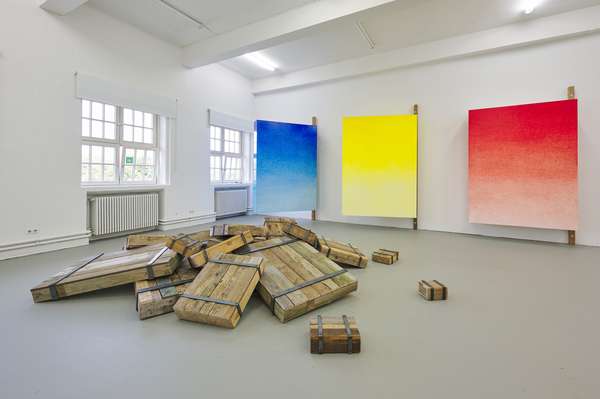












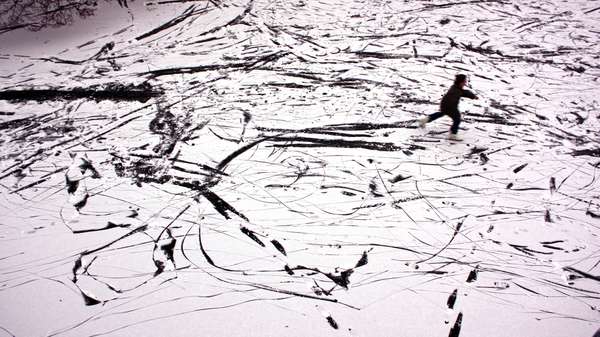
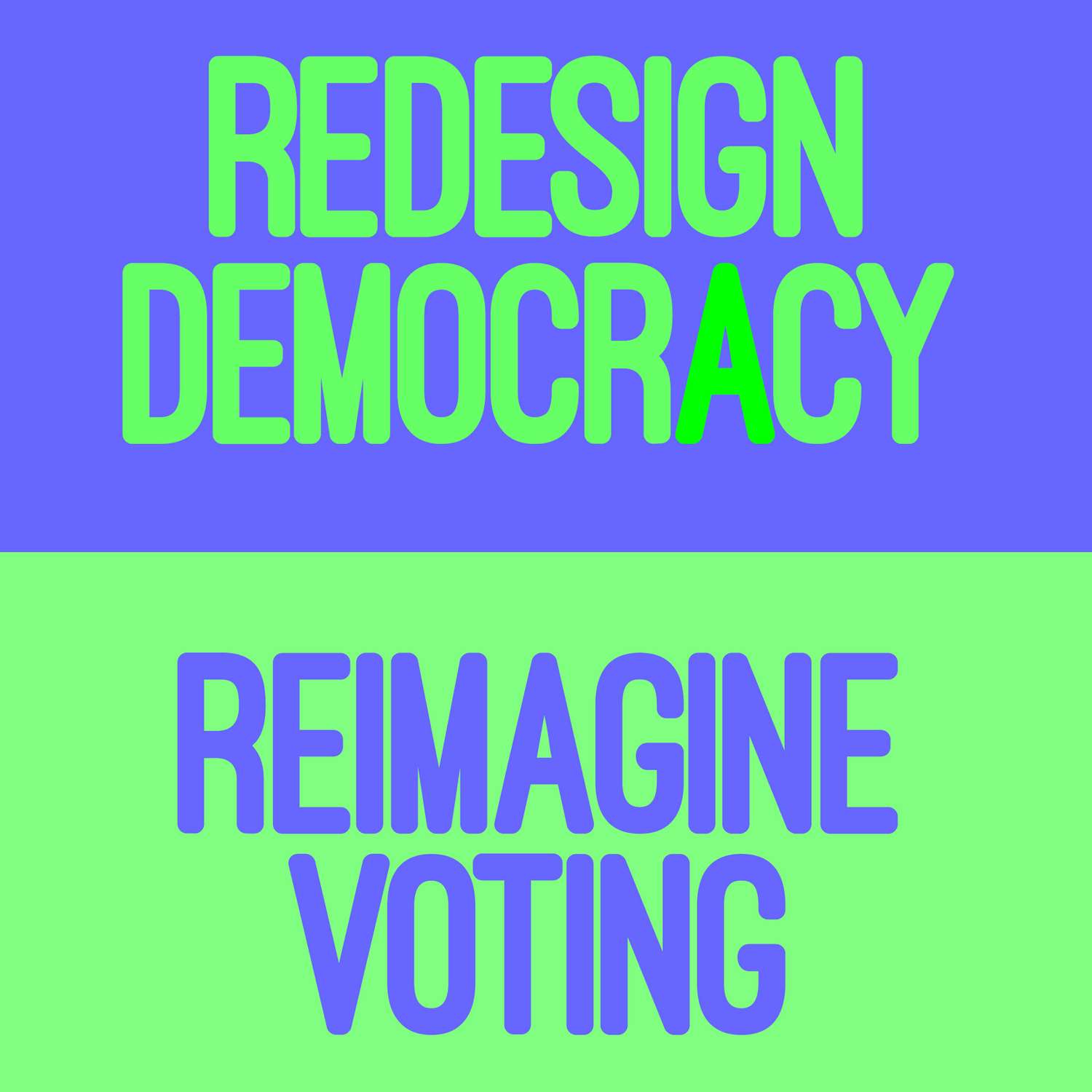
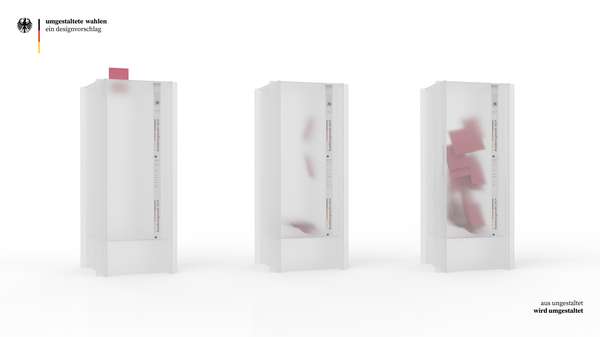






















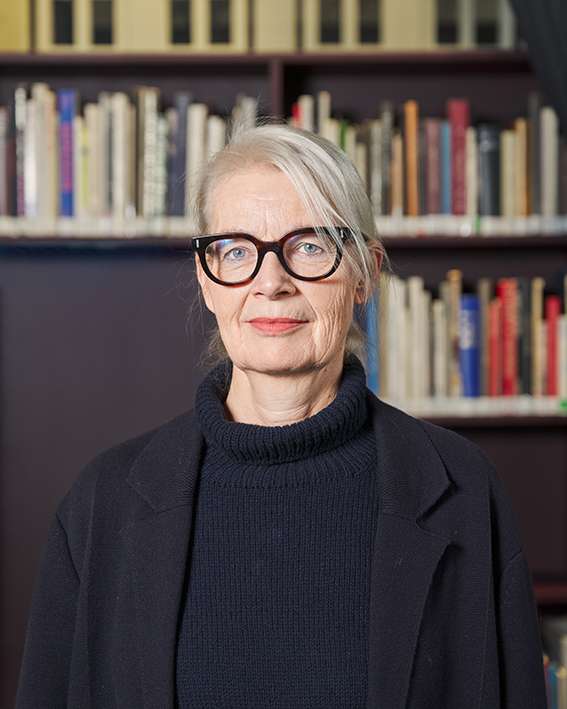









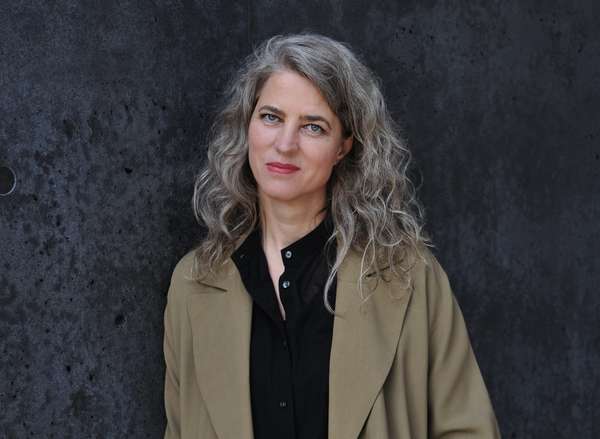




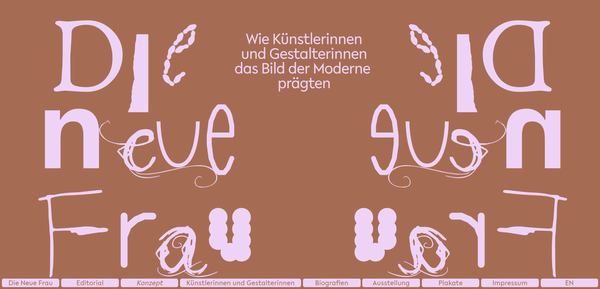

















































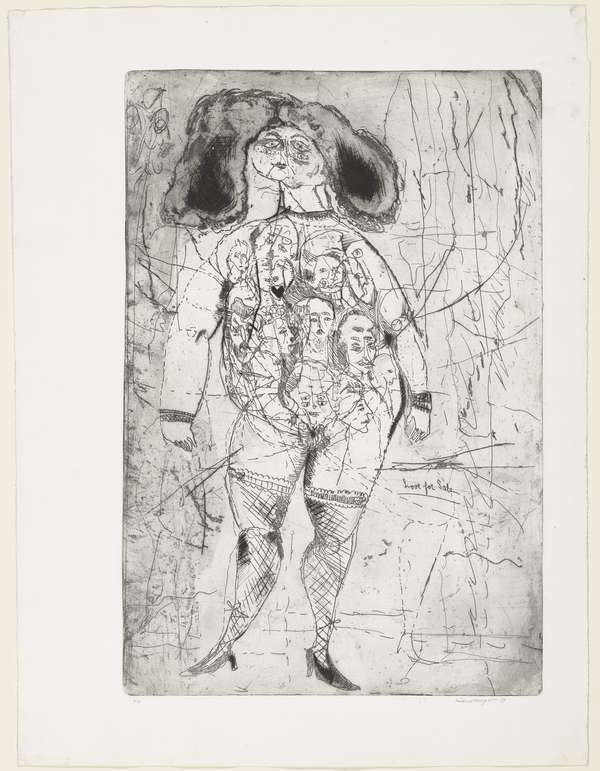



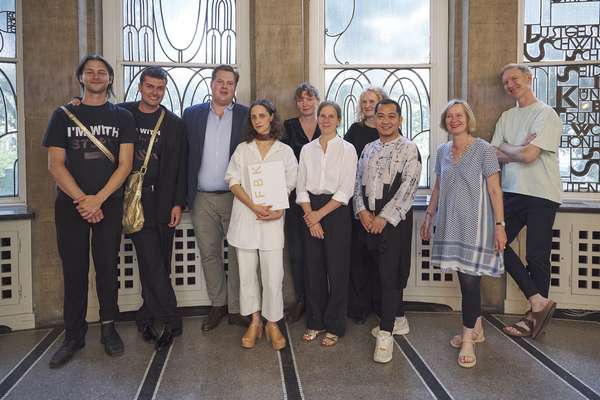



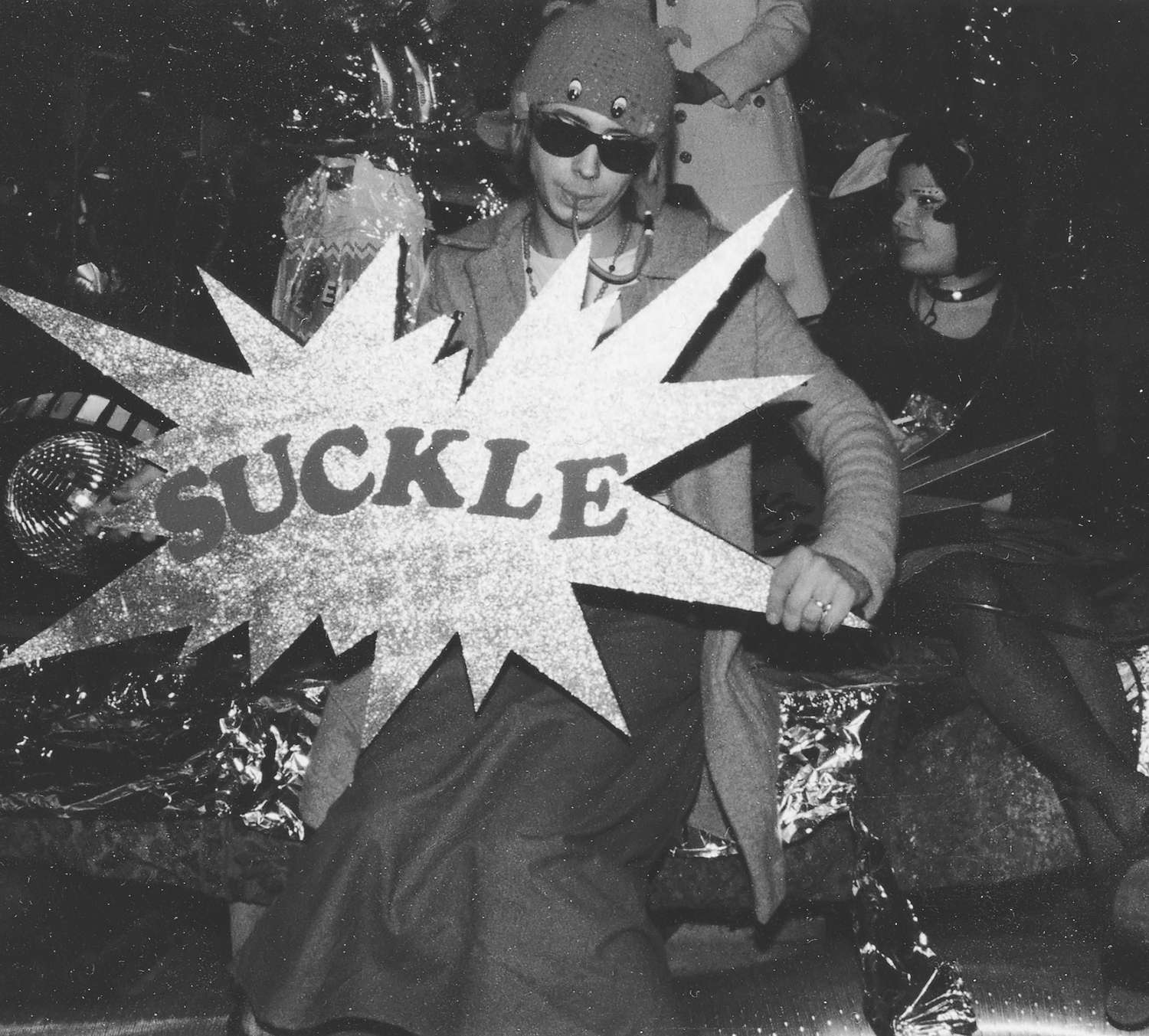





















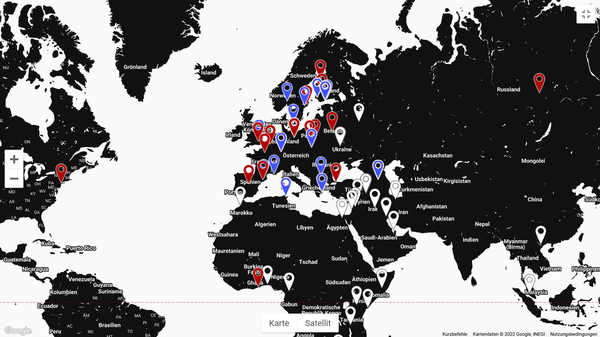











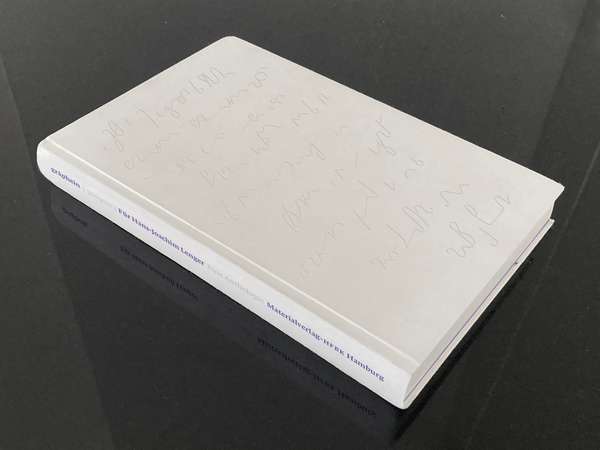



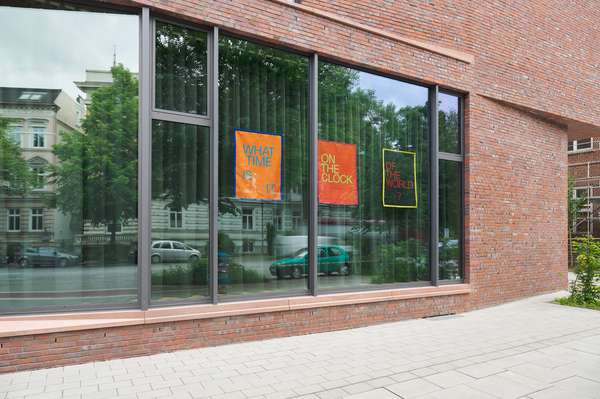


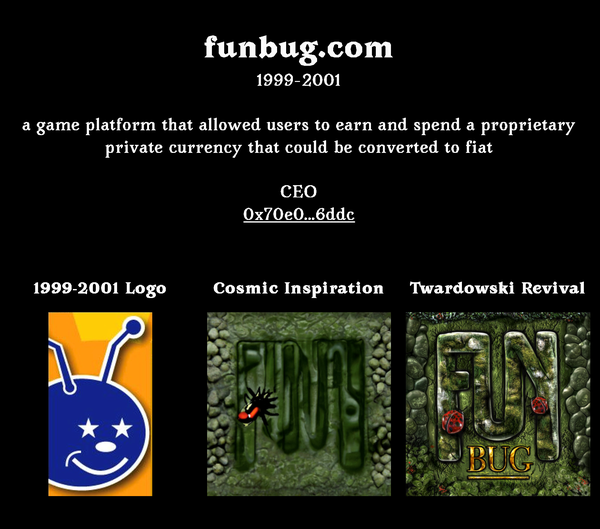







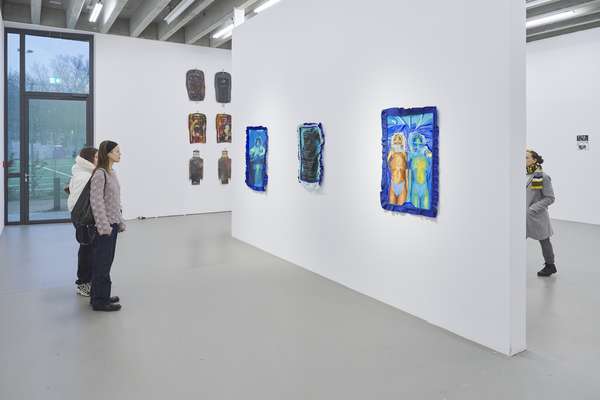



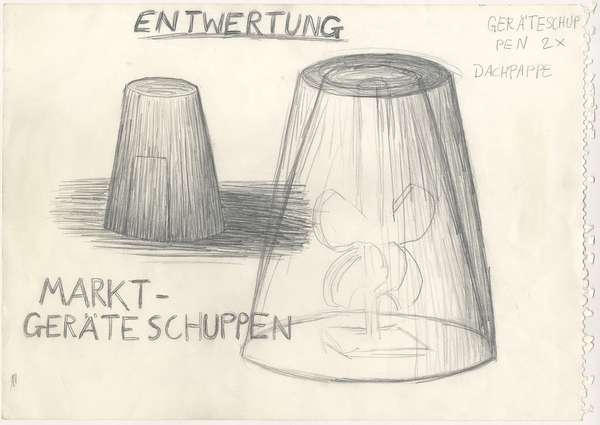











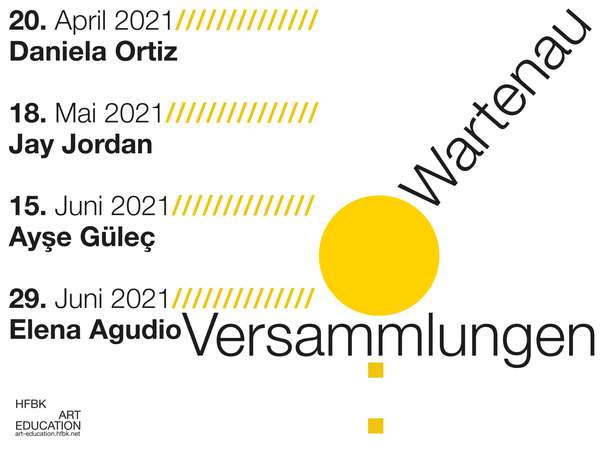











































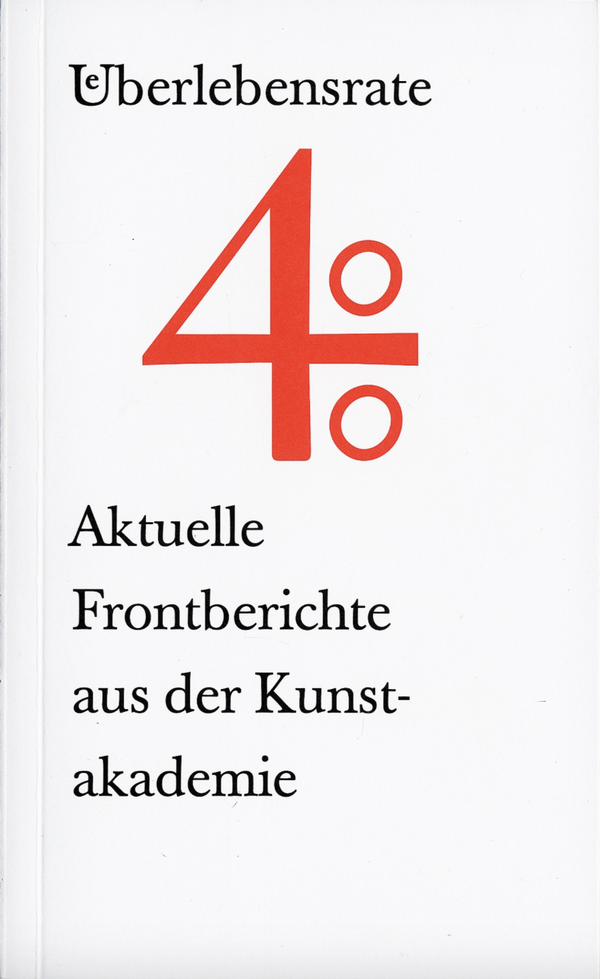




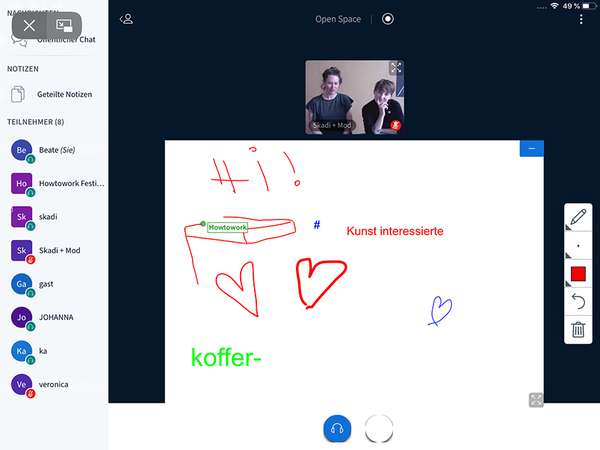


 Graduate Show 2025: Don't stop me now
Graduate Show 2025: Don't stop me now
 Long days, lots to do
Long days, lots to do
 Cine*Ami*es
Cine*Ami*es
 Redesign Democracy – competition for the ballot box of the democratic future
Redesign Democracy – competition for the ballot box of the democratic future
 Art in public space
Art in public space
 How to apply: study at HFBK Hamburg
How to apply: study at HFBK Hamburg
 Annual Exhibition 2025 at the HFBK Hamburg
Annual Exhibition 2025 at the HFBK Hamburg
 The Elephant in The Room – Sculpture today
The Elephant in The Room – Sculpture today
 Hiscox Art Prize 2024
Hiscox Art Prize 2024
 The New Woman
The New Woman
 Doing a PhD at the HFBK Hamburg
Doing a PhD at the HFBK Hamburg
 Graduate Show 2024 - Letting Go
Graduate Show 2024 - Letting Go
 Finkenwerder Art Prize 2024
Finkenwerder Art Prize 2024
 Archives of the Body - The Body in Archiving
Archives of the Body - The Body in Archiving
 New partnership with the School of Arts at the University of Haifa
New partnership with the School of Arts at the University of Haifa
 Annual Exhibition 2024 at the HFBK Hamburg
Annual Exhibition 2024 at the HFBK Hamburg
 (Ex)Changes of / in Art
(Ex)Changes of / in Art
 Extended Libraries
Extended Libraries
 And Still I Rise
And Still I Rise
 Let's talk about language
Let's talk about language
 Graduate Show 2023: Unfinished Business
Graduate Show 2023: Unfinished Business
 Let`s work together
Let`s work together
 Annual Exhibition 2023 at HFBK Hamburg
Annual Exhibition 2023 at HFBK Hamburg
 Symposium: Controversy over documenta fifteen
Symposium: Controversy over documenta fifteen
 Festival and Symposium: Non-Knowledge, Laughter and the Moving Image
Festival and Symposium: Non-Knowledge, Laughter and the Moving Image
 Solo exhibition by Konstantin Grcic
Solo exhibition by Konstantin Grcic
 Art and war
Art and war
 Graduate Show 2022: We’ve Only Just Begun
Graduate Show 2022: We’ve Only Just Begun
 June is full of art and theory
June is full of art and theory
 Finkenwerder Art Prize 2022
Finkenwerder Art Prize 2022
 Nachhaltigkeit im Kontext von Kunst und Kunsthochschule
Nachhaltigkeit im Kontext von Kunst und Kunsthochschule
 Raum für die Kunst
Raum für die Kunst
 Annual Exhibition 2022 at the HFBK
Annual Exhibition 2022 at the HFBK
 Conference: Counter-Monuments and Para-Monuments.
Conference: Counter-Monuments and Para-Monuments.
 Diversity
Diversity
 Live und in Farbe: die ASA Open Studios im Juni 2021
Live und in Farbe: die ASA Open Studios im Juni 2021
 Unlearning: Wartenau Assemblies
Unlearning: Wartenau Assemblies
 School of No Consequences
School of No Consequences
 Annual Exhibition 2021 at the HFBK
Annual Exhibition 2021 at the HFBK
 Semestereröffnung und Hiscox-Preisverleihung 2020
Semestereröffnung und Hiscox-Preisverleihung 2020
 Teaching Art Online at the HFBK
Teaching Art Online at the HFBK
 HFBK Graduate Survey
HFBK Graduate Survey
 How political is Social Design?
How political is Social Design?